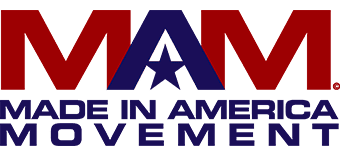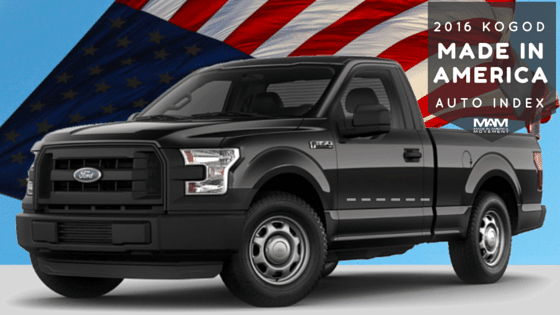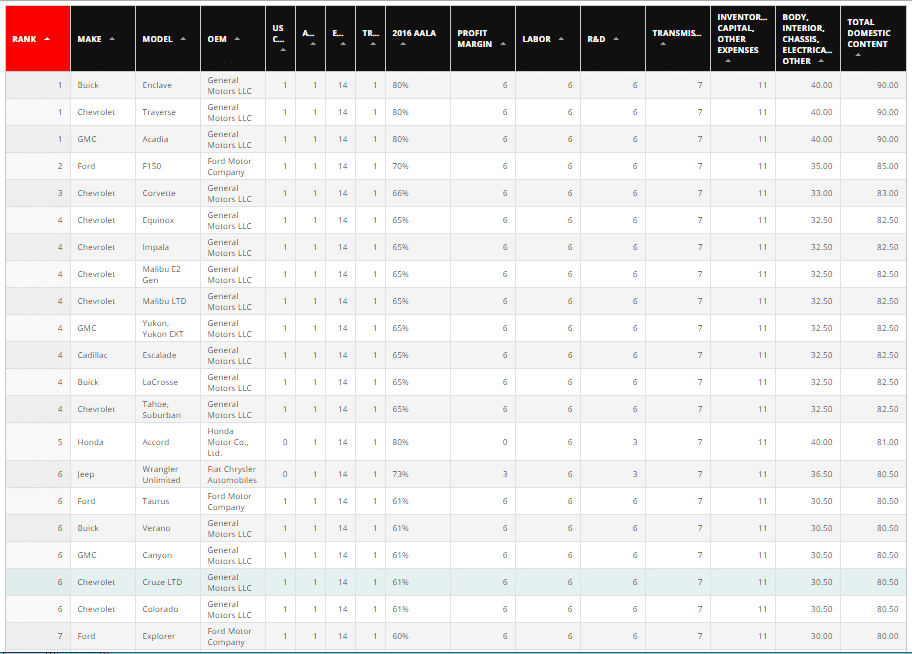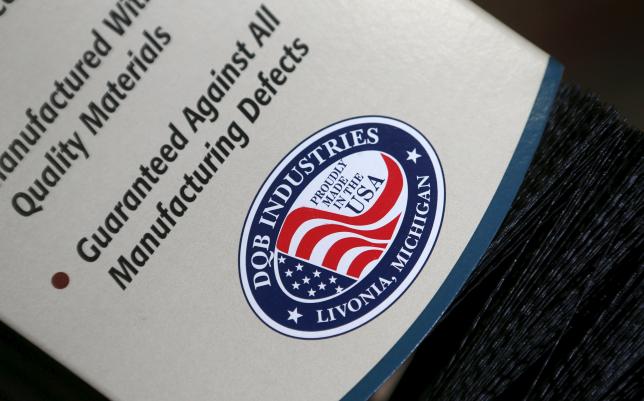Made in USA: the Most American-made Vehicles are…
In the United States, American-made products are highly regarded, with good reason, as they obviously boost the local economy as opposed to foreign-made products. However, are all the domestic-brand vehicles really assembled with components sourced from the United States? That’s what the Kogod School of Business figured out about American-made vehicles.
This establishment just published its 2016 Kogod Made in America Auto Index, which ranks the automotive fleet by their American content or the percentage of vehicles contributing to the local economy. This report rounds up the U.S. and Canadian markets. It considers where the engine, the transmission, the cockpit, and the chassis come from, in addition to the assembly location and even where the profit margin ends up.











do you have a manufacturer that makes scarves in the USA?